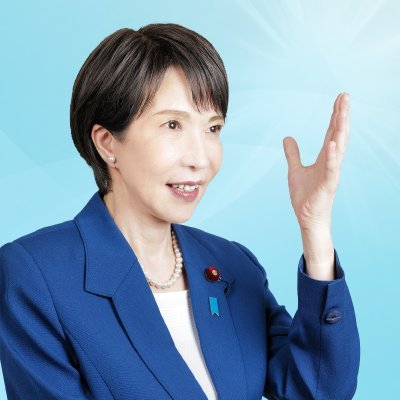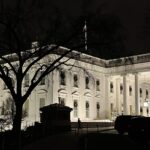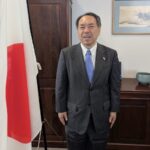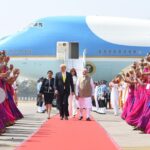From a pack of five contenders to replace the outgoing Prime Minister Shigeru Ishiba, it soon came down to between the youngest emerging leader within the Liberal Democratic Party and a son of the former Prime Minister, or the longest reigning party in Japan breaking a glass ceiling by choosing a woman.
In the end, the 64-year-old Sanae Takaichi, a protégé of the late Shinzo Abe, emerged on top but will have to be formalized in a parliamentary vote by the middle of October. The LDP is the largest party but does not have a majority on its own standing in both Houses; and a fractured opposition may just have ensured a historic moment for that East Asian country.
The first message from the party leadership vote is simple and quite straightforward: the conservative LDP will have to look for allies besides the centrist Komeito; but in spite of a loose coalition of sorts, governing and governance will be difficult given the domestic and foreign policy challenges. On the domestic front are issues of a faltering economy and immigration; where hard-nosed conservatives are sounding very much like the right wing in the West, wanting to nip what little there is of foreigners in Japan, including tourists. Just how a country is going to cope with an aging population has not been effectively addressed by parties like Sanseito in pursuing a “Japanese First” message.
There is no doubt an anxiety in Japanese society about its growing number of elders as well as a rise in the number of foreign-born workers. And undoubtedly Takaichi’s first task would be to try to get back the younger conservatives and right-wing voters that have left the LDP and this is not going to come about by bandying around with talk of “foreign tourists kicking deer.” Analysts believe that one way of getting the internal house in order would be to do some real soul-searching on party corruption scandals as well as coming to terms with the rising cost of living.
Moving to the right to please the ultra-nationalists and hard-core conservatives will most certainly impact Tokyo’s relations in the neighborhood, especially with China. And one way hardline Japanese politicians have gone about this is by making visits to the Yasukuni Shrine (where Class A War Criminals are enshrined), a place that Prime Minister-elect Takaichi has visited many times before. It is being pointed out that if she visits the Shrine in her capacity as Prime Minister, that would be the first since the late Shinzo Abe’s visit in 2013. China and South Korea have frowned upon Japanese leaders making trips to the Shrine which has been a major irritant in Tokyo’s ties with Seoul and Beijing.
On her past visits to the Shrine Takaichi said, “…it is a central facility for honoring the war dead,” adding “I hope that judgments will be made at the right time regarding how to honor the deceased and what kind of peace we should seek.” The visit to the Shrine is “not a diplomatic issue,” she maintained while stressing for the first time since her election “I want to work hard to create an international environment where we can pay respect to those who lost their lives for their countries by cooperating with each other.”
In the Asia-Pacific and beyond, a sharp shift to the right will make diplomacy difficult with China, which is Japan’s largest trading partner. In fact, in the immediate context, all eyes will be on how the new leader of Japan deals with the United States. There is an uneasy feeling in Tokyo that the Ishiba administration had not completely come to terms with the problem of tariffs, especially as it pertained to automobiles. And then there is this US$550 billion investment that Japan is supposed to have committed to, but on which questions remain about the extent of participation and the division of benefits.
The first test for the new Prime Minister of Japan could come during the Leaders’ Summit of the Asia-Pacific Economic Cooperation Forum in South Korea toward the end of this month, and if President Donald Trump will travel to Tokyo for a summit or have a separate meeting on the sidelines of the APEC forum. President Trump has long been maintaining that allies of the United States are not coughing up enough money for security and defense and Japan has long been singled out by not just this President but by other Presidents as well for getting a “free ride.” Washington insists that allies should spend up to 5 percent of their GDP on defense, something Tokyo finds hard to do because of constitutional limitations.
Disclaimer: The opinions and views expressed in this article/column are those of the author(s) and do not necessarily reflect the views or positions of South Asian Herald.






